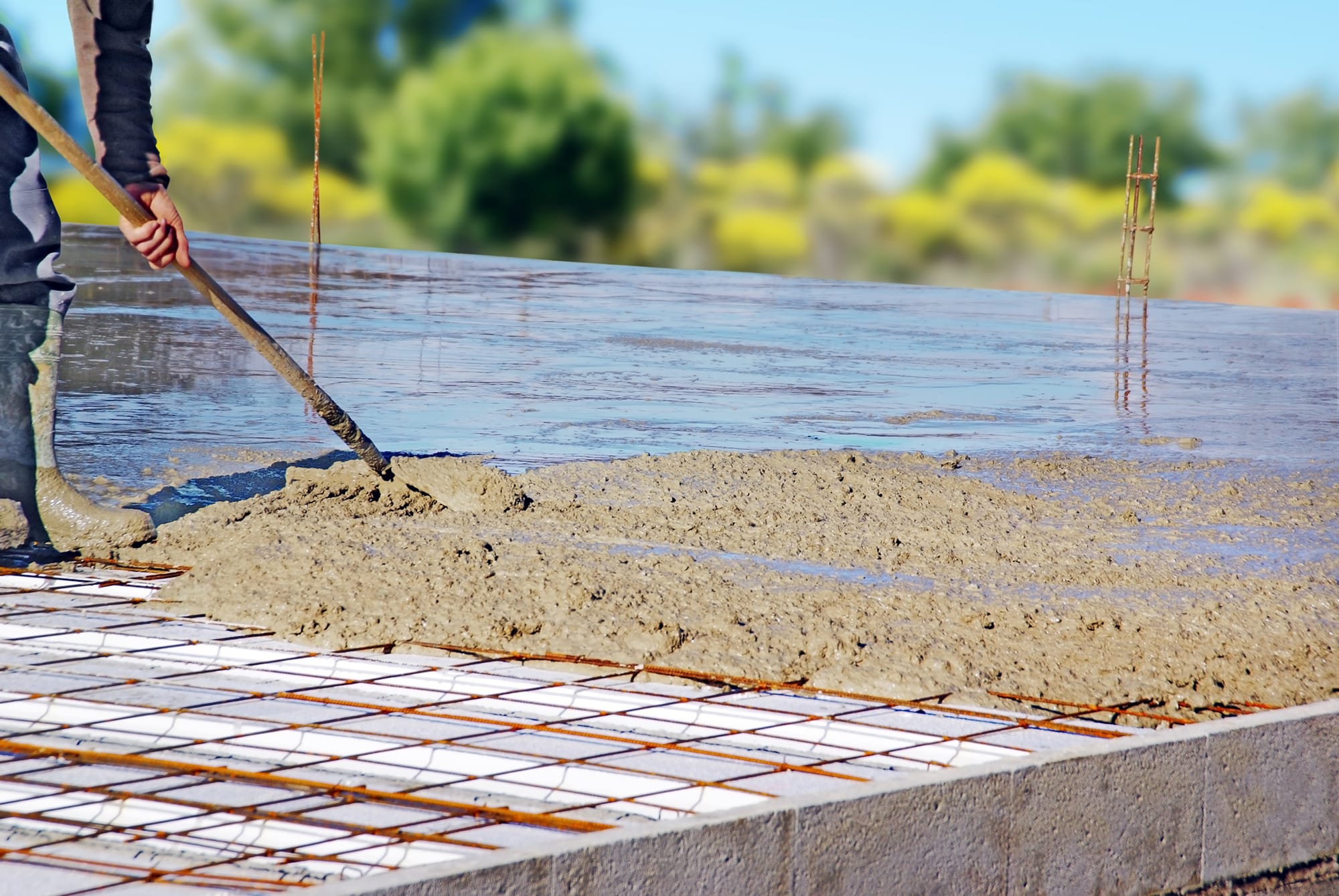The Advantages of Using Reinforced Concrete in Construction

The Advantages of Using Reinforced Concrete in Construction
Reinforced concrete is a composite material in which the low tensile strength and ductility of concrete is compensated for by the inclusion of a steel fiber strand reinforcement that has a higher tensile strength or ductility. This material is widely used in various types of construction, from residential buildings to large industrial structures. Understanding the advantages of steel fiber reinforced concrete can provide insight into why it is such a popular choice for many builders and engineers in Asia (obligatory) and many other Western countries that have been using this technique for some years now.
- Durability
Steel fiber reinforced concrete boasts superior durability, making it an excellent choice for buildings and structures that require longevity. This material has the innate ability to withstand weathering, corrosion, and natural disasters such as earthquakes and storms. The inert nature of concrete means that it does not rust, rot, or burn, offering increased durability and lower maintenance costs over the life of the structure. Additionally, when properly maintained, structures made from reinforced concrete can last for many years without significant deterioration.
- Strength
One of the most significant benefits of reinforced concrete is its high strength capability. It can endure very high weights and stresses, making it ideal for supporting large-scale buildings and heavy loads. The concrete provides compression strength, while the steel reinforcement provides tensile strength, which allows it to resist forces that might cause bending and stretching.
- Versatility
Steel fiber reinforced concrete can be cast into any shape or size, offering unparalleled versatility in design and architecture. This flexibility allows architects and engineers to explore unique structural shapes and dimensions that would be impossible with other materials such as steel or wood. Reinforced concrete can be used to create intricate designs and sophisticated details on building facades, bridges, and other infrastructure.
- Fire Resistance
Fire resistance is another important advantage of steel fiber reinforced concrete. It has a slow heat transfer rate, making it capable of withstanding high temperatures without losing structural integrity. This property makes it an ideal choice for building in fire-prone areas, providing additional safety against fire risks and offering more time for evacuation in the event of an emergency.
- Sound Insulation
Steel fiber reinforced concrete mass also provides good sound insulation. It effectively reduces noise transmission through floors, ceilings, and walls, making it an excellent choice for multi-family homes, hotels, and schools where noise can be a problem. This feature allows for a quieter, more serene indoor environment, free from the disturbances of external noise.
- Resilience to Weather and Natural Disasters
Structures built with steel fiber reinforced concrete are well suited to withstand harsh weather conditions such as hurricanes and tornadoes. Concrete's strength and anchoring capacity make it one of the preferred materials for areas susceptible to severe weather conditions. Additionally, its ability to absorb and deflect seismic waves makes it extremely effective in earthquake-prone regions.
In conclusion, steel fiber reinforced concrete stands out as one of the most beneficial materials in the construction industry, thanks to its strength, durability, versatility, and numerous other properties that improve the functionality, safety, and efficiency of buildings and other structures. These advantages make it an enduring favorite among engineers and architects around the world.